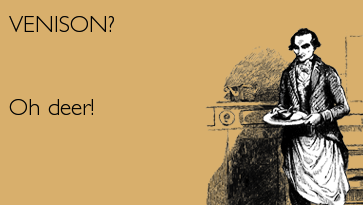When this project first started taking shape in May 2013, Paula and I sat in her living room and let our imaginations run wild trying to put ourselves into the reality of the original Mayflower passengers.
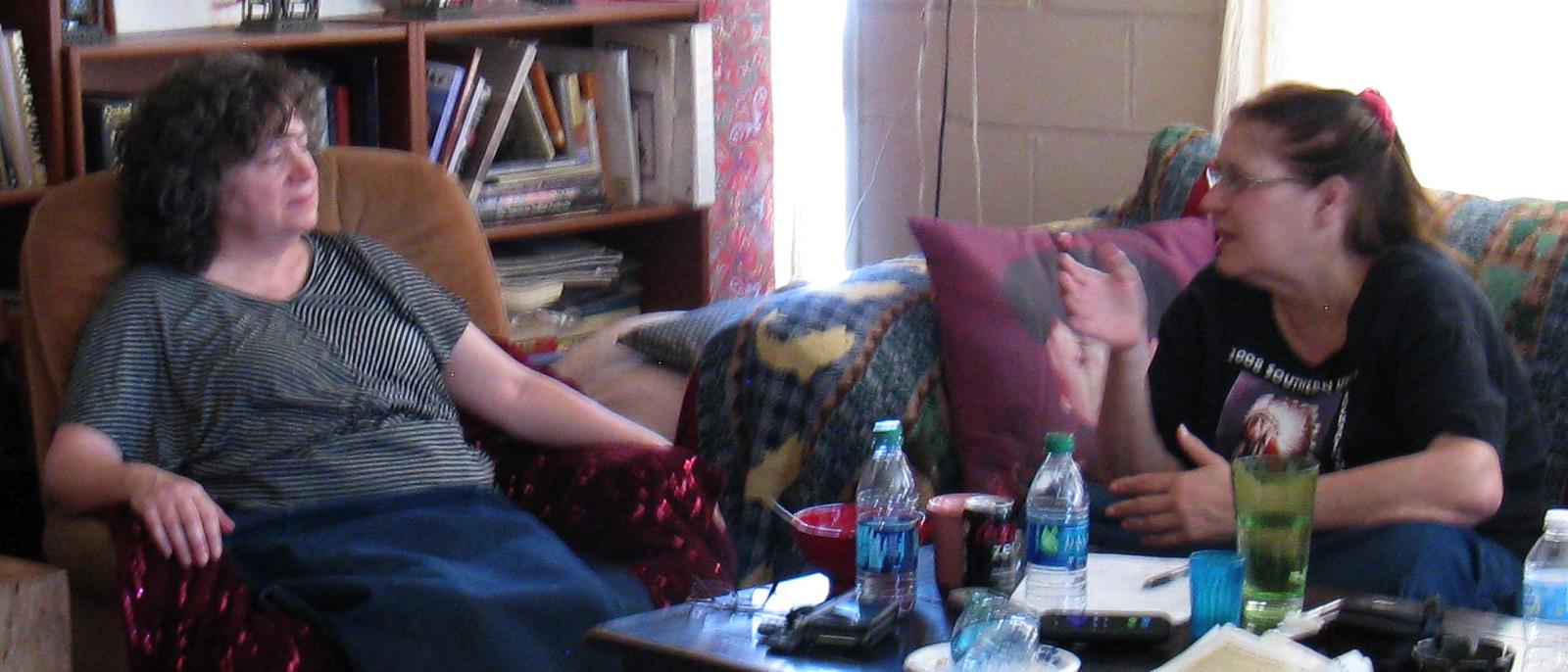
Thoughts such as “You’ve been on this ship for several months and already had some close calls” and “You finally find a place to land. What do you do?” We imagined ‘the Pilgrims’ – those 102 men, women and children traveling to what is now the Massachusetts coast and starting with a piece of land, building structures, finding food -- not always knowing in this strange place what was good to eat and what wasn’t, eventually meeting and negotiating with the Indians, learning how to plant.
Then we began researching the story, which I – a pilgrim descendant – had never done as the family story (myth) of John Alden and the Priscilla Mullins and their courtship, the Pilgrims quest for religious freedom, Squanto and planting corn -- and the importance of turkey (which Ben Franklin thought should be the national bird) had always been the stories doled out as Thanksgiving fare.
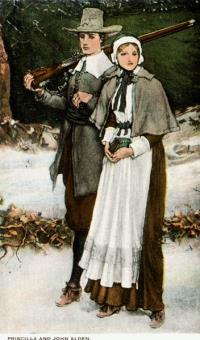
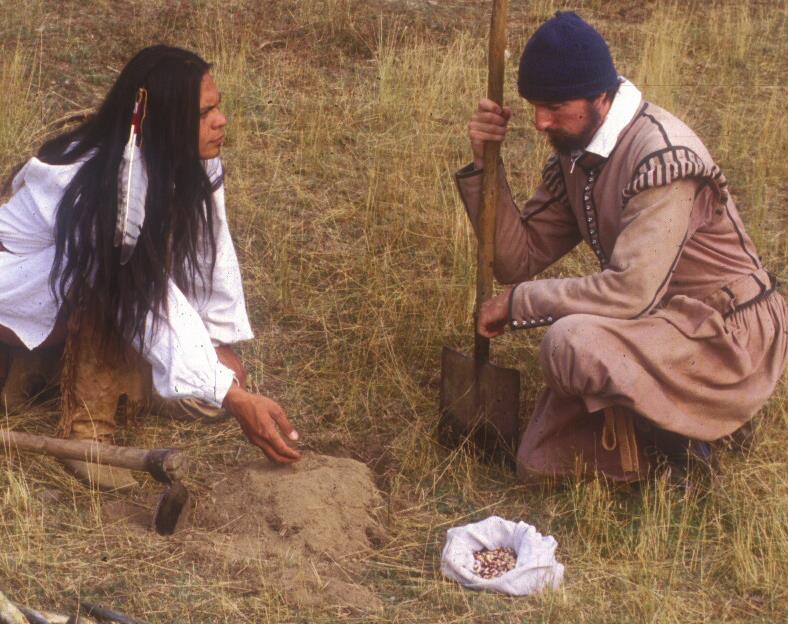
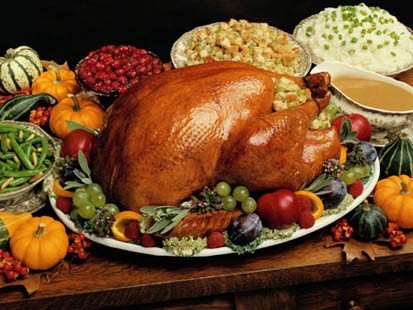
There are lots of good websites that give excellent information about the voyage, and the time leading up to the first Thanksgiving…and what happened later. Here in our introduction we’d like to share just a few things that we found interesting.
Everyone on the Mayflower wasn’t on the voyage seeking religious freedom. The Separatists on board were, but the others were planters and tradesmen and their families recruited by the Mayflower Company. The Separatists who had been living in Leiden (Holland) had initially bought their own ship (the Speedwell). The original plan was for the two ships (Mayflower and Speedwell) to accompany each other across the Atlantic. The Separatists had intended to travel ‘separately’ but fate had other plans as the Speedwell turned out to really be the “Leaks Well.” So the Separatists boarded the Mayflower, became intimately acquainted with their fellow passengers on the journey, and had to find some point of unity with their associates – which they did in the form of the Mayflower Compact.
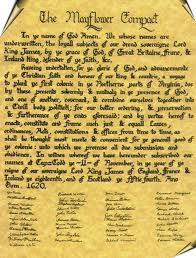
On a somber note, in that terrible first winter when so many died – there was a disproportionate amount of women that died. One reason may be that the men were working outside, in fresh air, drinking fresh water while building shelters on land. The women and children were left on the ship “in safety.” It was on the ship that disease ran rampant. By the time the first Thanksgiving dinner was being cooked, I counted 4 adult women (out of an initial 18) still alive and 4 teenage girls who would have been the ones doing the “women’s work” for the 53 survivors. Whether or not to bring one’s wife seems to have been a topic of discussion in Leiden as a number of Separatist men chose to let their wives come on a later ship. Turns out that may have been a good choice.
The Indians were not initially “invited” to the first Thanksgiving. Paula and I like the theory that some historians have suggested that goes like this: Governor Bradford initiates plans for the celebration and sends some of the men out with their fowling guns to bring back some poultry for the table. The guns make (made) so much noise that the Indians think there must be trouble. Massasoit shows up with 90 warriors to assist the Pilgrims – who had really just been trying to put meat on the table. Massasoit sends out a few warriors who bring in 5 deer which greatly enhanced the success of the (now much bigger) gathering. So while we know that “bird” was on the menu, we don’t know that it was turkey. However, venison was definitely served – courtesy of the Wampanoag.
